Health Savings Accounts (HSAs): Gain Triple Tax Advantages

Reading time: 6 minutes
Americans are living longer than ever before.
By 2030, one in five Americans will be 65 or older. It’s an incredible achievement, but one that comes with increasing healthcare costs.
While health insurance, Medicare, and Medicaid can cover some expenses, retirees still face significant out-of-pocket costs:
- A 65-year-old retiring today is expected to spend $165,000 on healthcare throughout retirement.
- For couples, that figure can climb to $351,000 or more.
- Assisted living facilities cost an average $68,000 per year, with much higher costs in expensive states.
Even with a healthy lifestyle, medical expenses tend to increase with age. That’s why planning ahead is crucial.
One of the most powerful tools available to help manage these costs is a health savings account (HSA). In fact, when used for qualified medical expenses, an HSA can be even more tax-advantaged than a traditional or Roth IRA.
In this article, we’ll break down how HSAs work, their benefits and limitations, and how they can fit into your retirement plan.
Let’s dive in.
Table of Contents
- Key Features of an HSA
- How to Qualify for an HSA
- Examples of How an HSA Can Be Used
- HSA FAQs
- Consider an HSA for Your Retirement Plan
Key Features of an HSA
Here are the key features that make HSAs an extremely powerful retirement planning tool:
1. Triple Tax Advantage
HSAs offer a rare triple tax benefit, making them one of the most tax-efficient savings tools available:
- Tax-Deductible Contributions: Contributions to an HSA are tax-deductible, reducing your taxable income. If made through payroll deductions, they are also exempt from FICA taxes.
- Tax-Free Growth: Funds in an HSA grow tax-free, meaning any interest, dividends, or investment gains are not subject to taxes.
- Tax-Free Withdrawals for Qualified Medical Expenses: When used for eligible healthcare expenses, withdrawals from an HSA are completely tax-free.
2. Funds Roll Over Indefinitely
Unlike flexible spending accounts (FSAs), which have a “use-it-or-lose-it” rule, HSA funds never expire. Any unused balance rolls over from year to year, allowing for long-term savings.
3. Portable & Owned by the Individual
Unlike an FSA, an HSA is not tied to an employer. You own the account, even if you change jobs, retire, or switch health plans. You can continue using your HSA funds as long as they are spent on qualified medical expenses.
4. Can Be Used for a Wide Range of Qualified Expenses
HSA funds can be used for doctor visits, prescriptions, dental care, vision care, mental health services, medical equipment, and even long-term care expenses.
5. After Age 65, You Can Use It for Anything
At age 65, your HSA functions like a traditional IRA. You can distribute funds for non-medical expenses without penalty (though you will owe deferred income taxes). However, withdrawals for qualified medical expenses remain tax-free.
6. Contribution Limits Set by the IRS
The IRS sets annual contribution limits for HSAs, capping how much you can contribute each year. For 2025, the contribution limits are:
- $4,300 for individuals with self-only coverage
- $8,550 for those with family coverage
- $1,000 additional catch-up contribution for individuals aged 55 and older
7. Invest Your HSA Like Any IRA
Many HSAs allow you to invest your funds in assets like stocks, mutual funds, or ETFs, turning your HSA into a powerful long-term wealth-building tool for future healthcare needs.
If you have a self-directed HSA, you can invest your funds in alternative assets like real estate, precious metals, and promissory notes.
8. No Required Minimum Distributions (RMDs)
Unlike traditional IRAs or 401(k)s, HSAs do not mandate RMDs at a certain age, allowing you to keep growing your funds tax-free indefinitely.
How to Qualify for an HSA
To contribute to an HSA, you must meet the following IRS eligibility requirements:
1. You Must Be Enrolled in a High-Deductible Health Plan (HDHP)
An HDHP is a health insurance plan that requires participants to pay more out-of-pocket before their coverage kicks in.
The IRS establishes specific requirements for HDHPs, including minimum deductible amounts and maximum out-of-pocket expenses, to determine which plans qualify.
In 2025, those limits are a minimum deductible of $1,650 for individual coverage and $3,300 for family coverage, and maximum out of pocket expenses of $8,300 for individual coverage and $16,600 for family coverage.
2. You Cannot Be Enrolled in Other Health Coverage
You must not be covered by any other health plan that is not an HDHP, including:
- A spouse’s non-HDHP plan
- An FSA or Health Reimbursement Arrangement (HRA), unless it is a limited-purpose or post-deductible FSA/HRA
- Medicare (Part A or Part B enrollment disqualifies you from contributing, but you can still use HSA funds)
3. You Cannot Be Claimed as a Dependent
In order to contribute to an HSA, you cannot be claimed as a dependent on someone else’s tax return.
Examples of How an HSA Can Be Used
Here are a few examples illustrating the potential benefits an HSA:
1. Tax-Free Growth & Retirement Healthcare
Lisa, 35, contributes the maximum to her HSA each year. She invests her HSA funds in index funds, allowing the balance to grow tax-free.
If Lisa contributes $4,000 annually for 30 years and invests at a 7% average return, she could accumulate $404,000 tax-free for healthcare expenses in retirement. If she only withdraws for qualified medical expenses, she never pays taxes on this money. After age 65, she can withdraw for non-medical expenses like a 401(k) (taxable but penalty-free).
2. Paying for a High Medical Bill with Pre-Tax Dollars
John, 50, has an unexpected $3,500 surgery. Instead of paying with his after-tax savings, he uses his HSA.
If John had used his taxable income, he’d need to earn ~$4,500 (assuming a 22% tax rate) to cover the bill. By using his HSA, he pays $3,500 tax-free, saving $1,000 in taxes.
3. The HSA as a “Stealth Retirement Account”
Emma, 40, is healthy and doesn’t need to use her HSA funds. Instead of spending, she saves receipts for medical expenses and lets her HSA grow.
At age 65, she has accrued $200,000+ in her HSA. She can reimburse herself for past medical expenses at any time (even years later) and withdraw tax-free. She also has the option to use it for non-medical expenses, paying income tax on the distributions, just like a traditional IRA.
HSA Frequently Asked Questions
Here are some of the most common questions we receive about these powerful retirement accounts:
1. What expenses can I use my HSA for?
You can use HSA funds tax-free for qualified medical expenses, including:
- Doctor visits & hospital stays
- Prescription medications
- Dental & vision care
- Long-term care insurance premiums (IRS limits apply)
- Medicare Part B, Part D, and Medicare Advantage premiums (after age 65)
What’s not covered?
- Health insurance premiums (except for COBRA, Medicare, or long-term care)
- Cosmetic surgery
- Non-prescription supplements
2. Do health savings accounts rollover?
Yes. Unlike FSAs, HSA funds never expire. Your balance rolls over year after year and can continue growing tax-free.
3. Can I contribute to an HSA if I’m self-employed?
Yes. As long as you’re enrolled in a HDHP, you can contribute to an HSA, just like an employee with employer-sponsored health insurance.
4. Can I use my HSA to pay for a spouse’s or child’s medical expenses?
Yes. You can use your HSA to pay for qualified medical expenses for yourself, your spouse, your tax-dependent children (even if they are not on your HDHP).
5. How do HSAs compare to FSAs (Flexible Spending Accounts)?
Here’s a brief table demonstrating the main differences between an HSA and FSA:
| Feature | HSA | FSA |
|
Who Owns It? |
You | Employer |
| Funds Roll Over? | Yes | No (use-it-or-lose-it) |
| Can You Invest the Funds? | Yes | No |
| Portability? | Yes | No |
| Eligibility | HDHP only | Any employer plan |
Maximize Your Retirement with an HSA & SDIRA
An HSA is one of the most powerful retirement savings tools available. With triple tax advantages, long-term investment potential, and the ability to cover essential medical expenses, an HSA can play a critical role in your financial future.
However, smart retirement planning doesn’t stop there. Diversifying your retirement portfolio is key to long-term financial security. While HSAs help cover healthcare costs, you also need investments that can provide growth, stability, and protection against market volatility.
That’s where a self-directed IRA (SDIRA) comes in.
Unlike other IRAs, an SDIRA gives you access to a wider range of alternative investments, including real estate, private equity, precious metals, and more.
By combining an HSA for tax-free healthcare savings with an SDIRA for investment flexibility, you can build a more resilient retirement strategy that aligns with your long-term financial goals.
Want to learn more? Download our free SDIRA Basics Guide to explore how a self-directed IRA can help you diversify your portfolio and take full control of your retirement savings.
Inside the guide, you’ll learn:
- The key benefits of an SDIRA
- The types of alternative investments available
- IRS rules and guidelines to follow
- A step-by-step process to open an SDIRA
Note: The content provided here is for informational purposes only and should not be considered financial, tax, or investment advice. Always consult with a trusted tax or financial advisor to determine what is best for your unique situation.






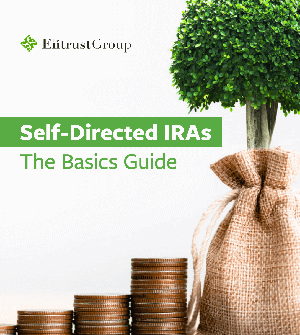







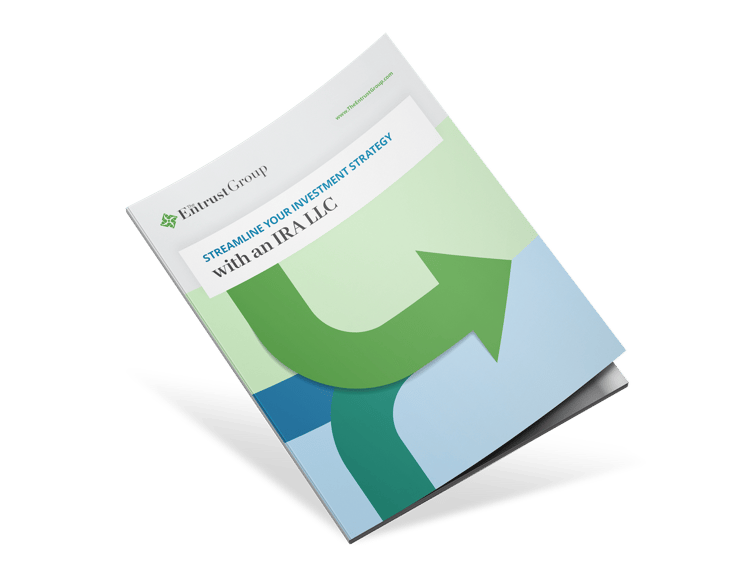

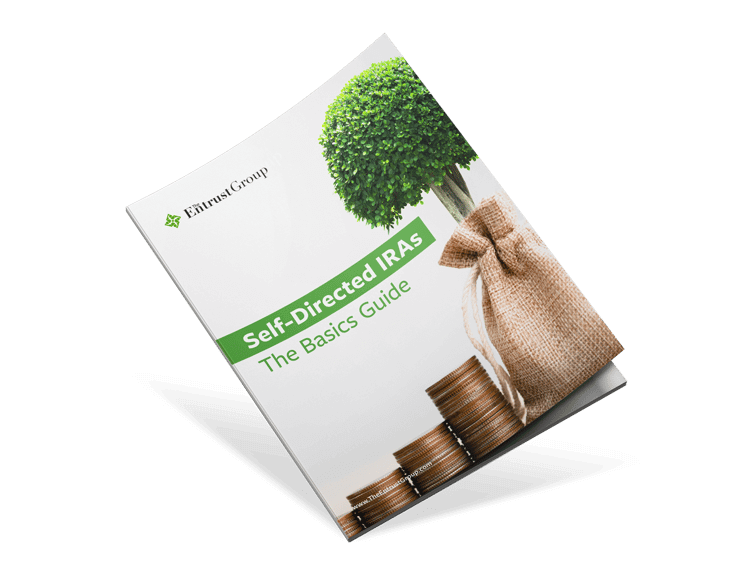







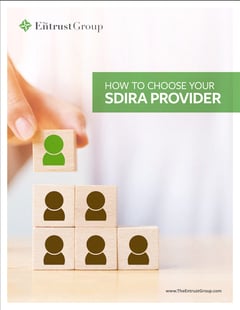
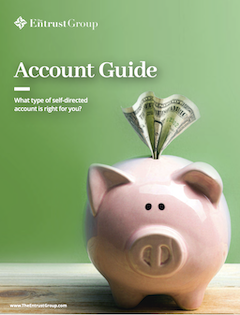
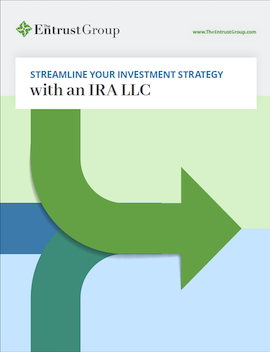

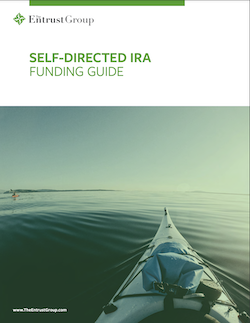

0 Comment